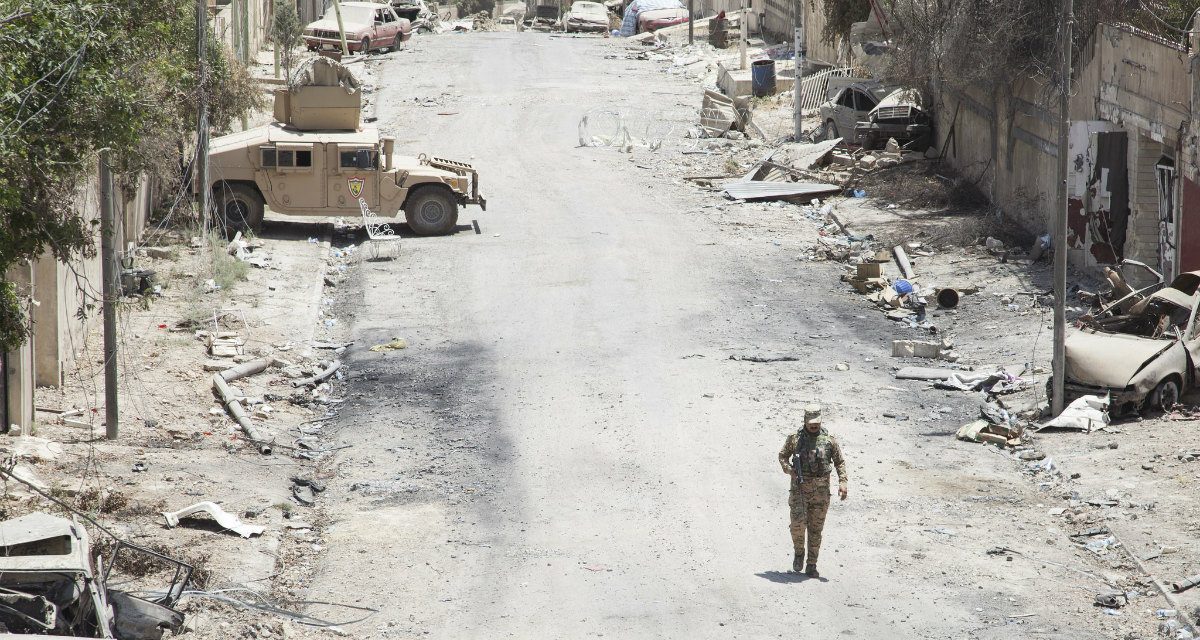The battle for Mosul represents the future of warfare—and it wasn’t pretty for America’s allies. A ragtag army of a few thousand Islamic State fighters managed to hold the city for months against some 100,000 U.S.-backed Iraqi security forces. The ISIS fighters communicated via social media and were armed with crude explosive devices and drones available at Wal-Mart . In the end the rebel fighters were dislodged, but not before an estimated 7,000 people were killed and another 22,000 wounded.
U.S. commanders ought to imagine how they would handle a similar environment. Future American conflicts will not be waged in the caves or craggy mountaintops of Afghanistan, much less the open deserts of Iraq or the jungles of Vietnam. They will be fought in cities—dense, often overpopulated and full of obstacles: labyrinthine apartment blocks, concealed tunnels, panicking civilians. The enemy will be highly networked and integrated into his surroundings. America’s next war will be the 1993 Battle of Mogadishu on steroids.
Read the full piece at the Wall Street Journal.
Image credit: Cpl. Rachel Diehm, US Army



Before we commit to the city, mega or otherwise, as the battlefield of the future, perhaps we should consider the history of the city as a battlefield.
http://www.nationalreview.com/article/453549/stalingrad-anniversary-remembering-russia-history